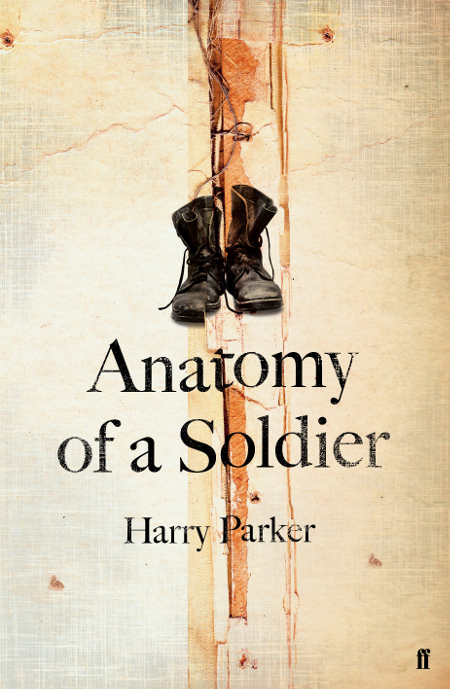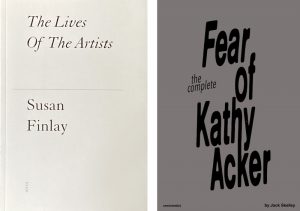We speak to veteran British soldier Harry Parker about his debut novel, which explores conflict from the perspective of 45 objects

Anatomy of a Solider, the debut novel by war veteran Harry Parker, isn’t quite what the name suggests. What sounds like one person’s memory of war is in fact a wider examination of conflict, and our ideas of it, as a whole. Parker employs 45 different objects as his narrators through a fictional lens – including objects of war (a gun, a tourniquet, a drone), post-war (a catheter, a prosthetic leg), and the objects that web away from war (a grieving mother’s handbag, the compensation forms issued by the army in response to mistaken deaths). The result is a disorientating, emotive experience, which sweeps the reader into the centre of a conflict and it’s aftermath as well as the personal and political systems behind them.
Parker previously served in the Iraq and Afghanistan conflicts, and lost both legs after an IED explosion – an event that also happens to one of his fictional characters in the novel, Sergeant Tom Barnes.
“One of the reasons I used fiction was political – a lot of nonfiction books have a political bent to them and I’m not really interested in that. I just wanted to write a good story,” Parker tells me. “When I wrote ‘I did this, I did that’, it felt wrong, and I felt squeamish about telling a war story like that… Using the inanimate object took out the sentimentality for me.”
The book’s writing is full of crystalline description – an approach that makes sense when I learn he came to visual art before creative writing. “The way I write is visual, the way I think about it too,” he says.
The language in Anatomy of Soldier is not lengthy or laden with simile. Rather, it takes a microscopic tone, picking apart war and reconstructing it through a building of detail. The result is cinematic. “The words are important – but they’re important inasmuch as they describe what I see in my imagination. But not for their own sake; I’m not trying to be clever with words,” he adds.
The author’s influences are diverse, from the ‘thing poems’ of the Anglo-Saxons (including ‘The Rude Cross’ from 400 AD – a poem written from the perspective of the cross upon which Christ was crucified), to the sci-fi novels of Iain Banks, to the stripped-back prose of Hemingway. Just before penning Anatomy of a Soldier, Parker explains, he read For Whom the Bell Tolls.
Anatomy of Soldier drops in and out of place and story, although as Parker points out, “the main themes of an object do come in sequence, even though the time jumps around.”
“It’s designed to be disorientating. I wanted to get across what it’s like to be in conflict, when you don’t know when you’re going to be safe,” he says. “When you’re injured, when you’re lying in a hospital bed, and the drugs – it’s a similar feeling.”

As a double amputee, Parker’s own experience is particularly acute in some of the chapters, particularly those that take on the perspective of medical objects – a catheter, a blood bag, the electric saw used to cut through the bone when it becomes apparent the second leg must also be amputated. “It was interesting because these objects are keeping you alive – although they’re completely inanimate, they have this power. They go inside you,” he explains. “That was a very exciting point of view to write, because it just gives you a different take on the world.”
Anatomy of a Soldier is a war novel without rage, and one seeking for a representation of motive from all parties involved in combat. Although characters in the novel may be on opposing sides of warfare, they’re all similar in that they seem to be operating in systems outside of their control. “When I think about conflict, I’m drawn to the fact that – maybe I’m too trusting – people don’t necessarily choose to do these things, and the reasons for doing them are complicated,” he says. “I wanted to try and explore that. I wanted to show the human side of conflict, because conflict is so dehumanising.”
Pausing, Parker then reflects back to a question I posed earlier: what is the difference between memoir and fiction, except for an audience’s appetite for the so-called ‘truth’?
“I often get asked about how much of it is me, how much of me is in Tom Barnes, how much is my story. And, you know, a lot of it is,” he says. “But I feel like by writing fiction I could write something much more truthful than if wrote a memoir. It was much more true to itself as a book and to what I wanted to say. Some people won’t see it like that, but that’s how I felt creating it.”
Anatomy of a Soldier is published by Faber & Faber




